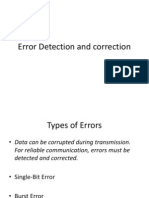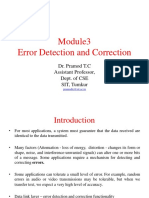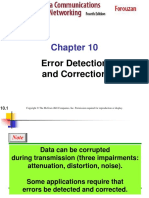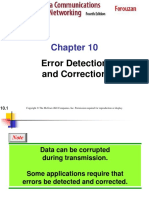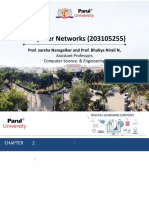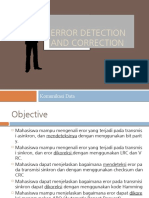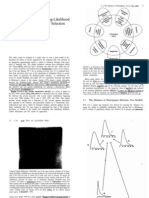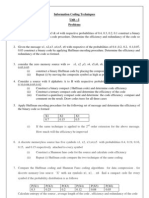0% found this document useful (0 votes)
14 views75 pages06 - Data Link Layer
The document discusses the Data Link Layer focusing on error detection and correction in computer networks. It explains types of errors, redundancy, coding techniques, and methods for error detection and correction, including Hamming code and cyclic redundancy check. The importance of Hamming distance in coding schemes is also highlighted, along with practical examples of error detection and correction processes.
Uploaded by
nawal najamCopyright
© © All Rights Reserved
We take content rights seriously. If you suspect this is your content, claim it here.
Available Formats
Download as PDF, TXT or read online on Scribd
0% found this document useful (0 votes)
14 views75 pages06 - Data Link Layer
The document discusses the Data Link Layer focusing on error detection and correction in computer networks. It explains types of errors, redundancy, coding techniques, and methods for error detection and correction, including Hamming code and cyclic redundancy check. The importance of Hamming distance in coding schemes is also highlighted, along with practical examples of error detection and correction processes.
Uploaded by
nawal najamCopyright
© © All Rights Reserved
We take content rights seriously. If you suspect this is your content, claim it here.
Available Formats
Download as PDF, TXT or read online on Scribd
/ 75








